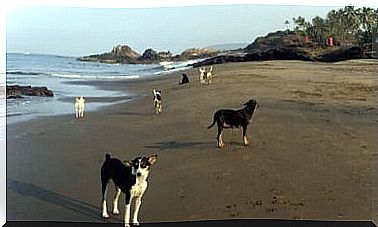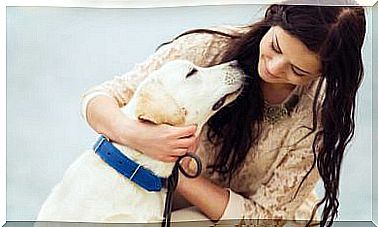Special Facilities For Captive Elephants

Breeding wild animals in captivity has been standard practice for generations. This is the case of elephants, animals especially admired for their beauty, size, strength and intelligence. The breeding centers or zoos that keep them need to have all kinds of special facilities for captive elephants.
The needs and capabilities of an animal of this size put the experts in charge of designing the buildings where they are kept in check. Everything must be taken into account: from the height of the ceilings to the strength of the materials.
Fixed facilities for captive elephants
How high are we talking?
Adult male African elephants can reach more than 6 meters in height. And if space allows, sometimes they get up on their hind legs. Therefore, a structure containing one of these animals must reach a minimum height of 7.5 meters.
It also means that any light, fan, cable, surveillance camera or fragile item must be placed above that height. These items, placed below 7 meters, will be in danger and must at least be protected with a metal device.

What about the doors of the captive elephant facility?
Throughout history, various types of doors (and systems for moving them) have been designed to keep animals in captivity. The main points to remember, in the case of elephants, would be:
- the strength of the material;
- how quickly the door opens and closes;
- operator control over this open/close movement.
Also, if the door is made of a solid/opaque material, it will not allow visual or tactile contact with other elephants. Allowing this contact, so necessary for any gregarious animal, creates a major structural challenge.
Special facilities for elephants. Types of ports: advantages and disadvantages
If we refer to the door design as such, we have two options:
- A door with horizontal bars, which can lead the animal to climb or lean on it. In addition, it can also break or injure the elephant.
- A door with vertical bars, which must be able to resist the lateral movements of the elephant’s head, trunk or trunk.
As for the door movement mechanism (hydraulic, pneumatic, electric or manual), it usually depends on the available resources. Hydraulic gates, for example, must use animal-safe fluids such as vegetable oils or non-toxic petroleum products.
What problems can improper door design cause?
Many elephants have had their trunks damaged by getting caught when closing a door, especially hydraulic ones. It is essential that the door closes completely and that the operator has full view to ensure the animal’s integrity.
It is also highly recommended that protocols be established to train elephants to cross them in order to avoid injury. After all, it is easy to teach behaviors to elephants, offering even more safety to the animal and the operator.
Elephant restraint and restraint devices (ERD)
Containing elephants is a fundamental part of their breeding and housing in captivity. These animals must be trained to accept restrictions regardless of the method. More than anything, it is essential to have them well contained to carry out all types of maintenance or health activities.

Special facilities for captive elephants: mobile devices for transport
There are two basic options for containment during transport: containers and trailers. In the first case, the elephants are loaded free in individual containers which are then placed on the means of transport. In the second case, the elephant must be secured securely inside the trailer.
The secret to success, as in the case of the previous section, is to get the elephant used in advance to stay inside these means of transport. The more comfortable the elephant is in this location, the less stress there will be during the movement.









